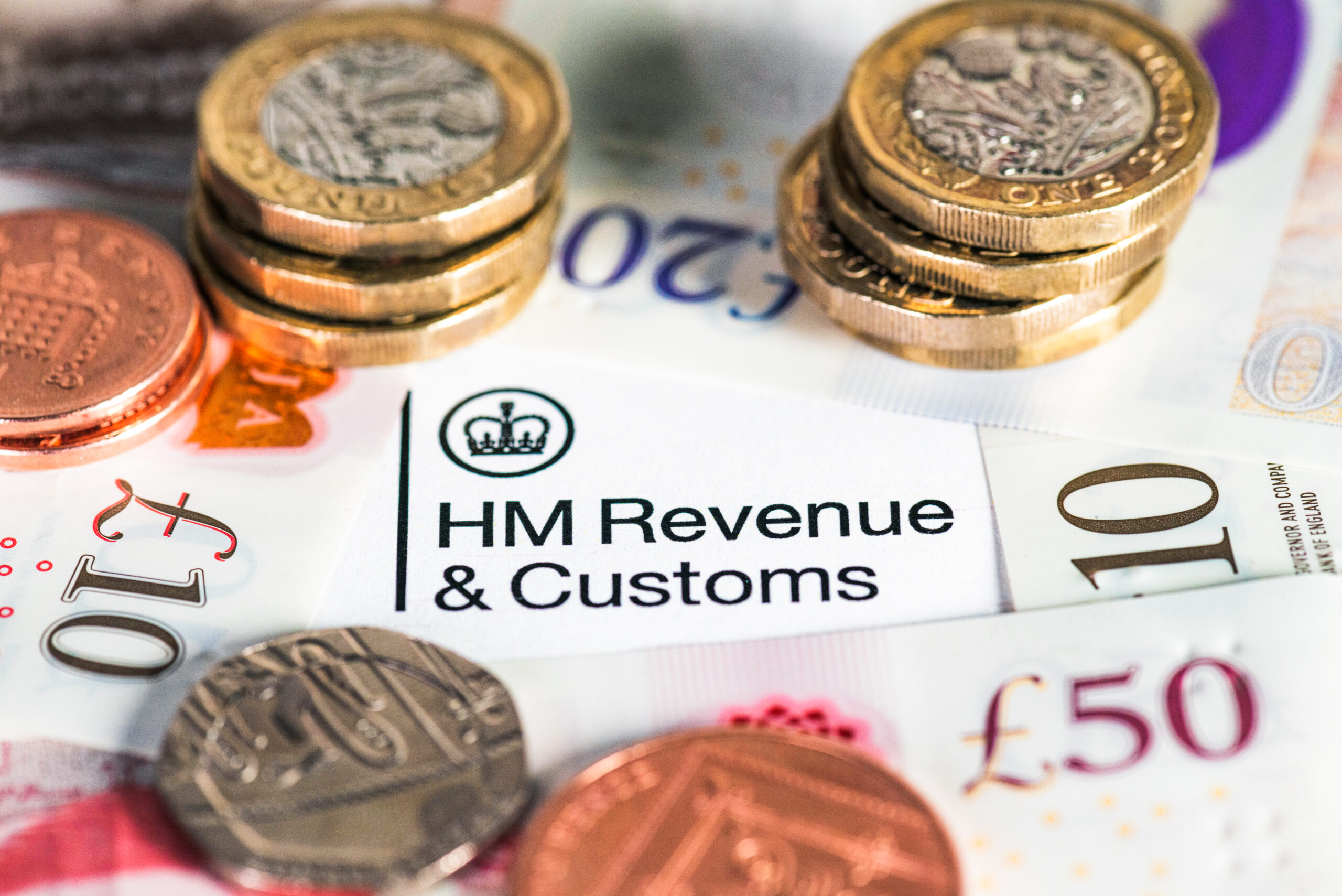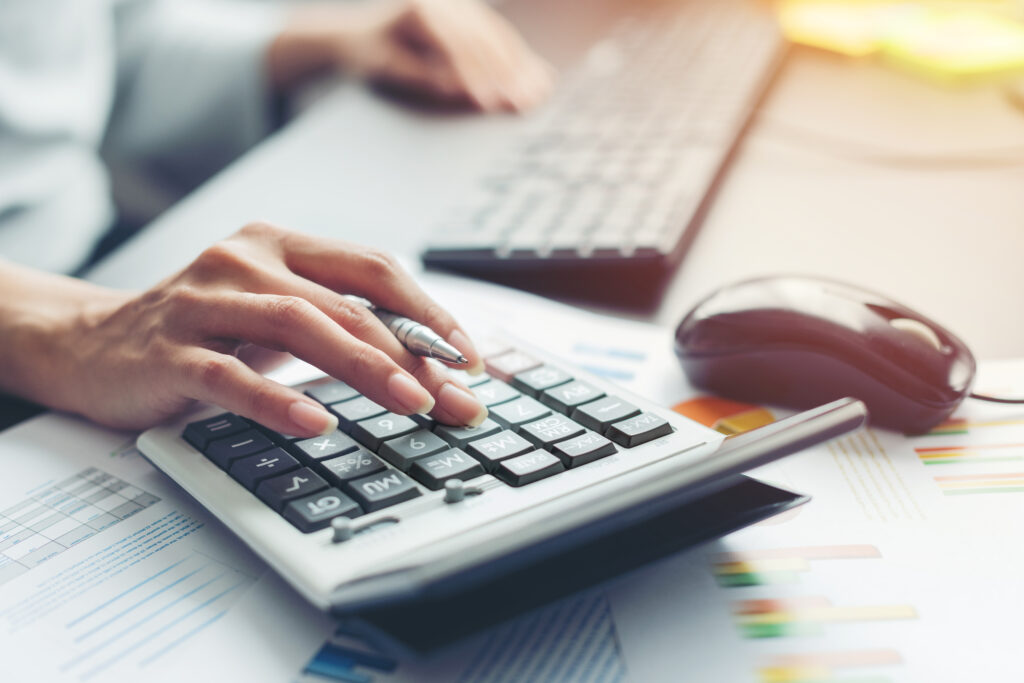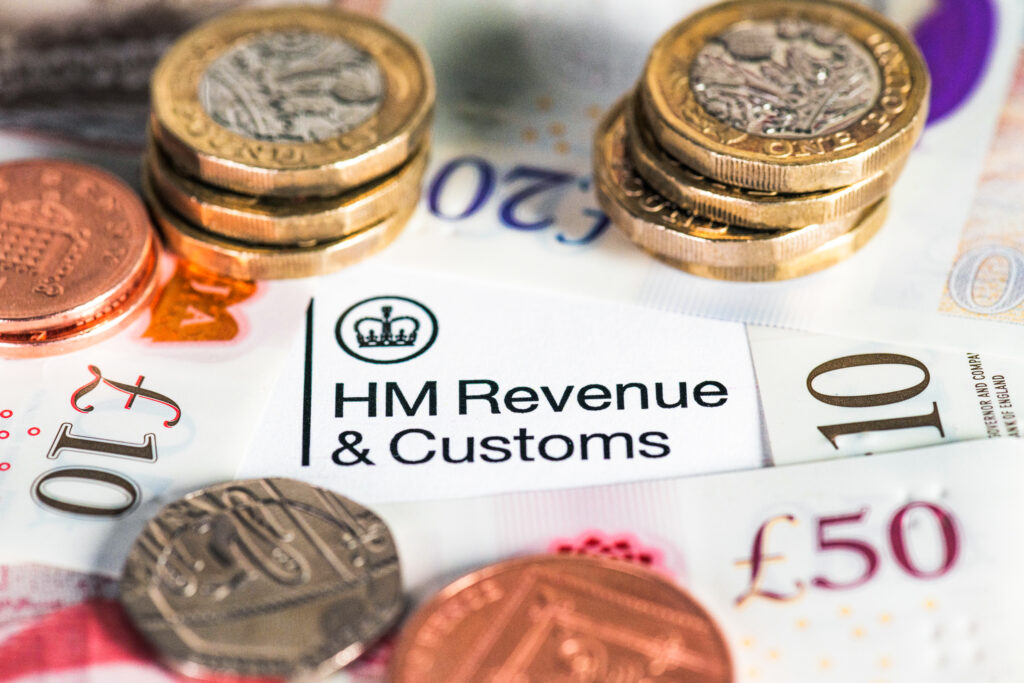Value Added Tax (VAT) is an important element of running a business in the UK. In this guide, we will explain to you how and when to register for VAT. This guide will help you stay compliant with UK laws and avoid any potential penalties.
This article will guide you through the important aspects of VAT registration, helping you determine when it’s necessary and how to go about it.
What is Value Added Tax (VAT)?
VAT is a tax added to most goods and services sold by VAT-registered businesses in the UK. The tax rate varies depending on the type of product or service. Businesses that are VAT-registered must charge VAT on their sales, but they can also reclaim VAT on the goods and services they purchase for their business.
When to register for VAT?
You must register for VAT if you meet any of the following conditions:
- your total taxable turnover for the last 12 months goes over £90,000 (the VAT threshold)
- you expect your taxable turnover to go over £90,000 in the next 30 days
You are required to register for VAT (irrespective of your taxable turnover) if all the following conditions are met:
- you’re based outside the UK
- your business is based outside the UK
- you supply any goods or services to the UK (or expect to in the next 30 days)
- If your turnover is below £90,000, you have the option to register for VAT voluntarily. Once HM Revenue and Customs (HMRC) registers you, you must pay any VAT you owe from that date.
How to register for VAT?
VAT registration is very simple and easy. You can register for VAT online. Once you are VAT registered, you can start charging VAT on your sales and reclaim VAT on items bought from your ‘effective date of registration’.
What do you need to register for VAT?
The information required for VAT registration varies based on the type of your business.
If you are registering a limited company, then you need:
- your company registration number
- your business’s bank account details
- your Unique Taxpayer Reference (UTR)
- details of your annual turnover
You will also need information about:
- your Self Assessment
- your Corporation Tax
- Pay As You Earn (PAYE)
If you are registering as an individual or a partnership, then you will need:
- your National Insurance number
- an identity document, like a passport or driving licence
- your bank account details
- your Unique Taxpayer Reference (UTR), if you have one
- details of your annual turnover
You will also need information about:
- your Self Assessment return
- payslips
- P60
Choosing a VAT accounting scheme
During the registration process, you will need to choose a VAT accounting scheme. VAT accounting schemes are designed to simplify VAT management, and to help HMRC calculate how much VAT you owe to them, or if you are to get a refund. Below are the VAT schemes:
Standard VAT Accounting Scheme: You maintain a record of VAT collected on sales and reclaim VAT on purchases, submitting a VAT return every quarter.
Flat Rate Scheme: This scheme is specifically designed for small businesses with an annual taxable turnover of £150,000 or less excluding VAT. This scheme simplifies VAT by allowing businesses to pay a fixed percentage of their turnover as VAT. The amount of VAT you pay depends on your industry and type of business.
Annual Accounting Scheme: Instead of filing quarterly returns, businesses make advance VAT payments throughout the year and submit one annual VAT return, which can help with cash flow management.
Cash Accounting Scheme: Businesses pay VAT on sales when they receive payment from customers and reclaim VAT on purchases when they pay their suppliers. This scheme is beneficial for businesses with cash flow challenges.
Margin Scheme: For businesses dealing in second-hand goods, works of art, or antiques, VAT is paid only on the profit margin, not the full selling price.
What you must do once you are registered for VAT
After registering for VAT, you must:
- You must include a 9-digit VAT registration number on all invoices
- Add VAT to your prices
- Issue VAT invoices to your customers
- File VAT returns and pay any VAT owed to HMRC
- Maintain digital VAT records and a VAT account
What are the benefits of VAT registration?
There are several benefits of VAT registration in the UK, including:
- Reclaiming VAT on purchases: You can reclaim VAT on business-related purchases and expenses, which can help you reduce your overall costs.
- Improve Business Credibility: Being VAT-registered can increase your business’s credibility and make it appear more established, which can be attractive to potential clients.
- Access to VAT Schemes: You may be eligible for special VAT schemes, such as the Flat Rate Scheme or the Annual Accounting Scheme, which can simplify your VAT administration and potentially reduce your VAT liability.
- Trade with Other VAT-Registered Businesses: If you deal with other VAT-registered businesses, you can often trade VAT-free with them, which can make your services or products more attractive.
- Avoid VAT Penalties: Being VAT-registered ensures you are compliant with UK VAT laws and helps you avoid penalties for non-compliance.
- Improve Cash Flow: VAT registration might help with cash flow management by allowing you to reclaim VAT on input costs.
- Expand Your Market: Some clients prefer to deal with VAT-registered businesses because it allows them to reclaim VAT on their purchases, potentially making your business more appealing
We hope that through this guide you learnt about Value Added Tax (VAT) registration. This guide is purely for information purposes only. This guide should not be treated as a professional advice. Every business’s situation is unique and we suggest you seek professional help before making any decision.





